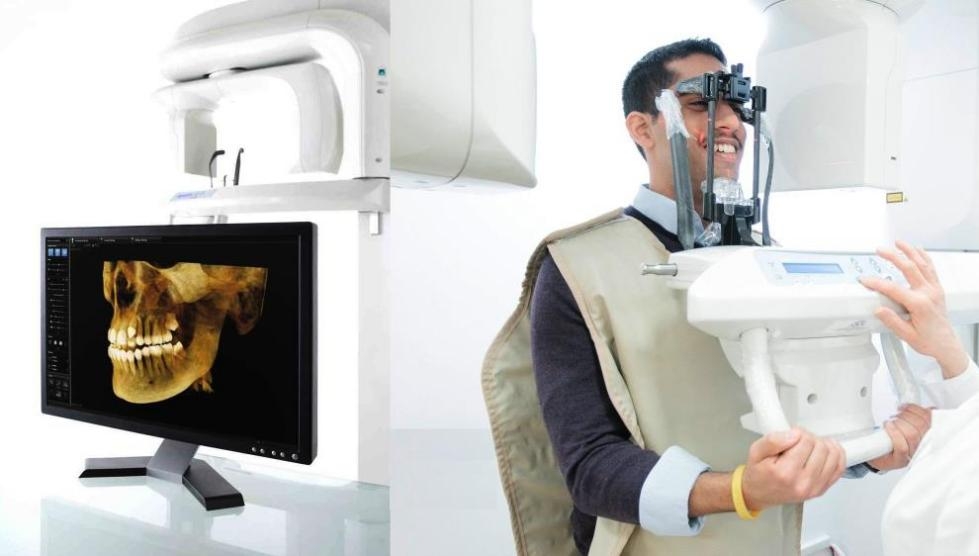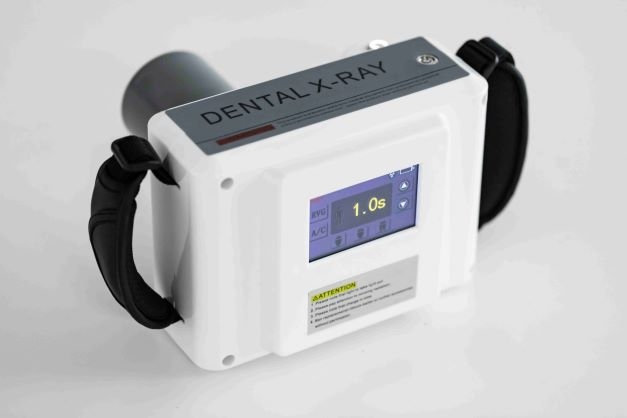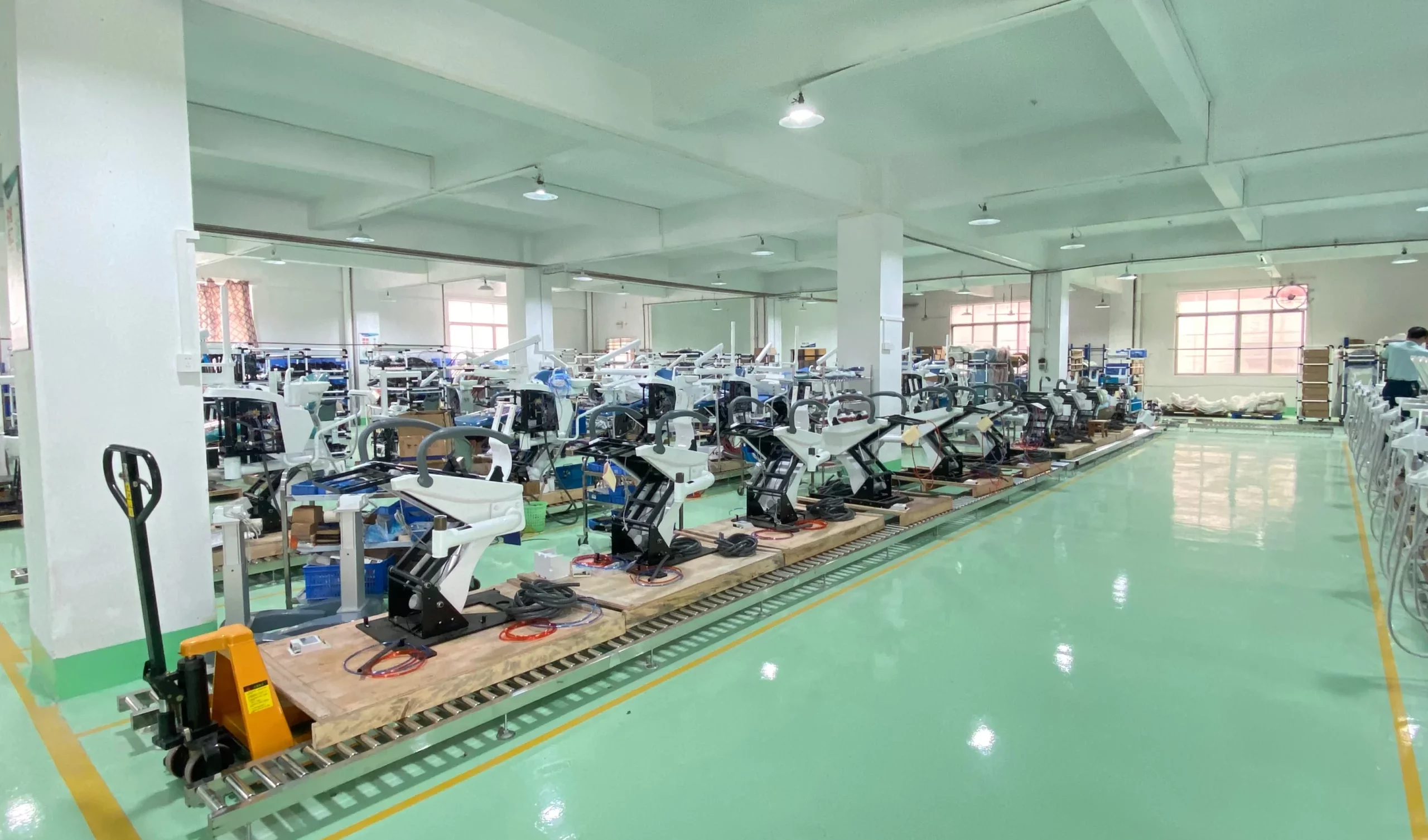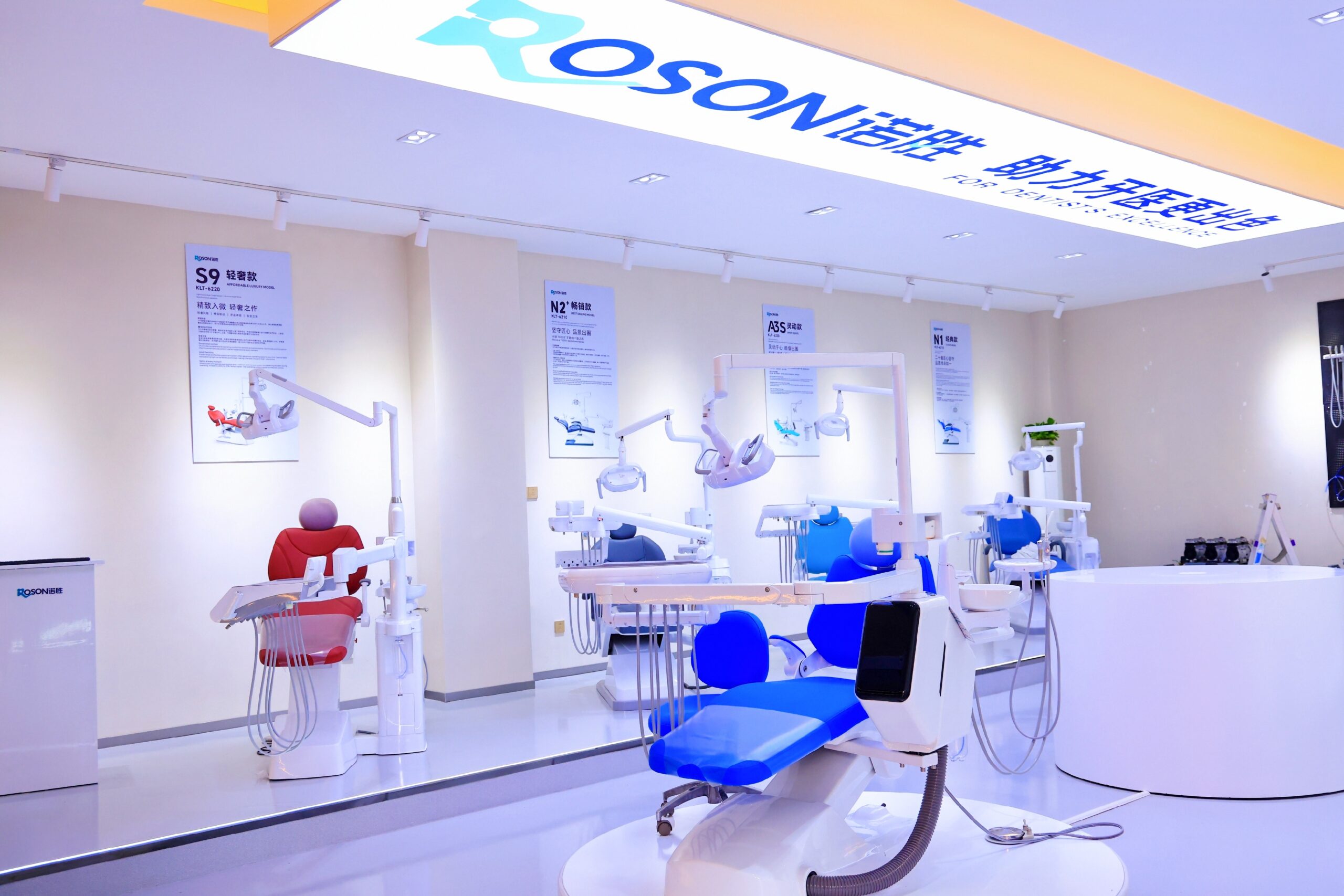In any healthcare practice, patient safety is of utmost importance.
To maintain a safe and sterile environment, proper sterilization techniques must be followed. One of the most important tools in any healthcare facility is an autoclave, used to sterilize medical equipment and instruments. With so many different types of autoclaves on the market, it can be difficult to know which one is best suited for your practice. In this article, we will discuss the importance of sterilization, the different types of autoclaves available, and how to choose the best autoclave for your practice.
The Importance of Sterilization
Sterilization eliminates all microorganisms, including bacteria, viruses, and spores, from a surface or object. Proper sterilization techniques are critical in healthcare settings to prevent the spreading of infections and diseases. Without proper sterilization, patients are at risk of contracting infections from contaminated medical equipment, which can lead to serious health complications and even death.
Sterilization is particularly important for invasive medical procedures, such as surgeries, where any contamination can have serious consequences. Additionally, certain patient populations, such as those with weakened immune systems, are more susceptible to infections and require even greater attention to sterilization practices.
Autoclaves are an essential tool in the sterilization process. These machines use steam and pressure to sterilize medical instruments and equipment quickly and efficiently. They are an integral part of any healthcare facility, including hospitals, dental practices, and veterinary clinics.
Different Types of Autoclaves
There are several different types of autoclaves available on the market, each with its unique features and benefits. The three most common types of autoclaves are gravity, pre-vacuum, and steam sterilization autoclaves.
Gravity autoclaves are the most basic type of autoclave. They work by using gravity to remove the air from the chamber and then fill it with steam. Gravity autoclaves are typically less expensive than other types of autoclaves, but they may not be suitable for all types of medical equipment.
Pre-vacuum autoclaves are more advanced than gravity autoclaves. They use a vacuum pump to remove air from the chamber before filling it with steam. This creates a more efficient sterilization process, as the steam can reach all areas of the chamber. Pre-vacuum autoclaves are more expensive than gravity autoclaves, but they are also more versatile and can handle a wider range of medical equipment.
Steam sterilization autoclaves are the most advanced type of autoclave. They use a combination of steam and pressure to create a highly efficient sterilization process. Steam sterilization autoclaves are the most expensive type of autoclave, but they are also the most versatile and can handle a wide range of medical equipment.
Choosing the Best Autoclave for Your Practice
When choosing an autoclave for your practice, there are several factors to consider. First and foremost, you should consider the type of medical equipment you will be sterilizing. If you will be sterilizing a wide range of equipment, you may want to consider a more advanced autoclave, such as a pre-vacuum or steam sterilization autoclave.
You should also consider the size of the autoclave. Autoclaves come in a variety of sizes, from small tabletop models to large floor models. The size of the autoclave you choose will depend on the volume of medical equipment you need to sterilize.
Another important factor to consider is the ease of use of the autoclave. Autoclaves can be complex machines, and it is important to choose one that is easy to operate and maintain. Look for autoclaves that have user-friendly interfaces and clear instructions for operation and maintenance.
It is also important to consider the cost of the autoclave. As mentioned earlier, more advanced autoclaves can be more expensive, but they may be worth the investment if they can handle a wider range of medical equipment and provide a more efficient sterilization process. Consider your budget and weigh the cost against the benefits of each type of autoclave.
Finally, it is important to choose an autoclave from a reputable manufacturer. Look for manufacturers that have a history of producing high-quality, reliable autoclaves. Check reviews and ratings from other healthcare professionals to ensure that the autoclave you choose will meet your needs and expectations.
In conclusion, proper sterilization techniques are critical in healthcare settings to prevent the spreading of infections and diseases. Autoclaves are an essential tool in the sterilization process, and there are several different types of autoclaves available on the market. When choosing an autoclave for your practice, consider factors such as the type and volume of medical equipment you will be sterilizing, the ease of use of the autoclave, the cost, and the reputation of the manufacturer. With the right autoclave, you can ensure the safety and well-being of your patients and provide a sterile environment for all medical procedures.









